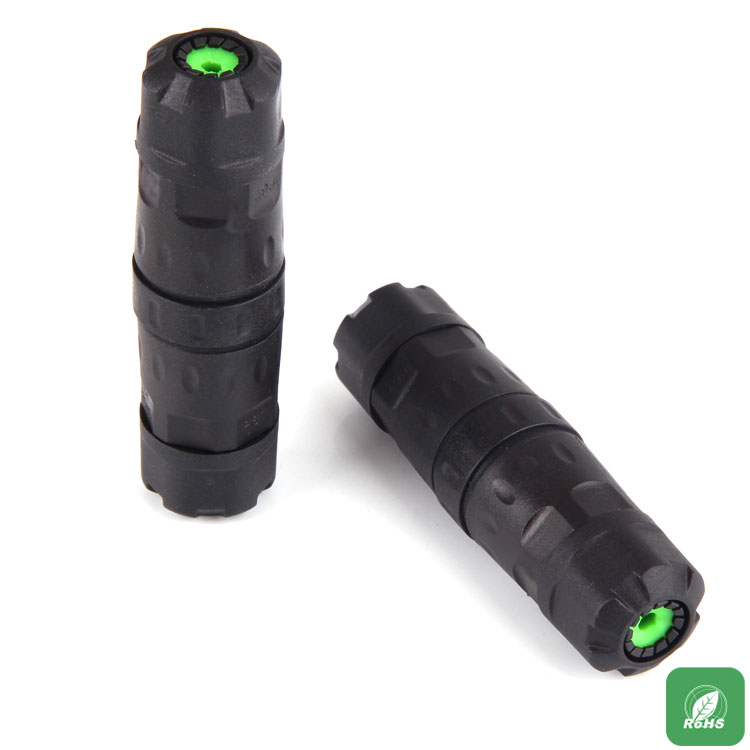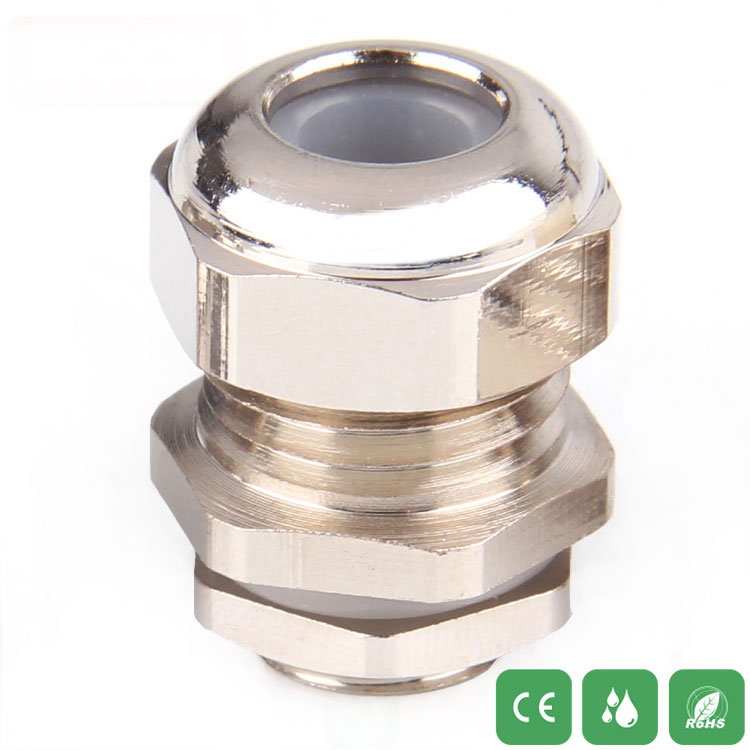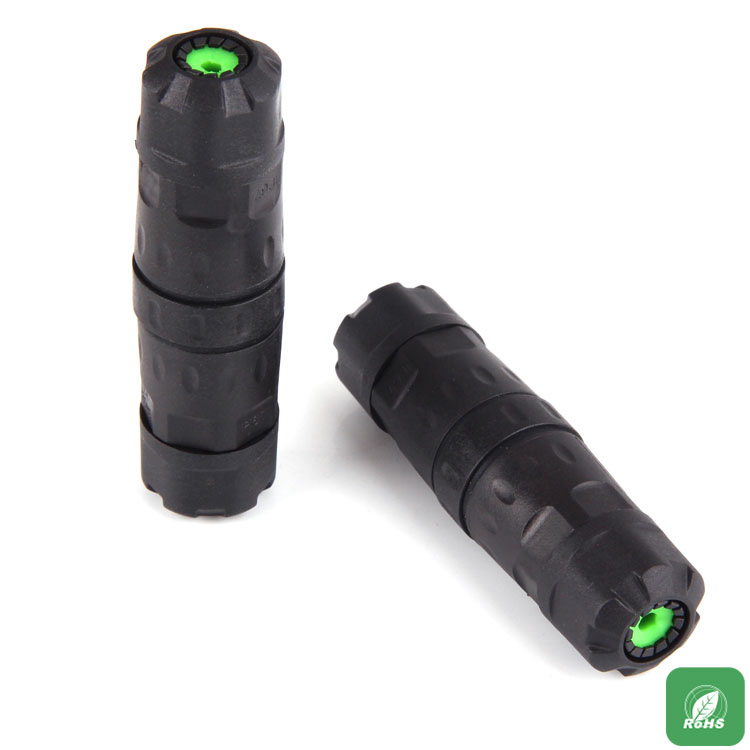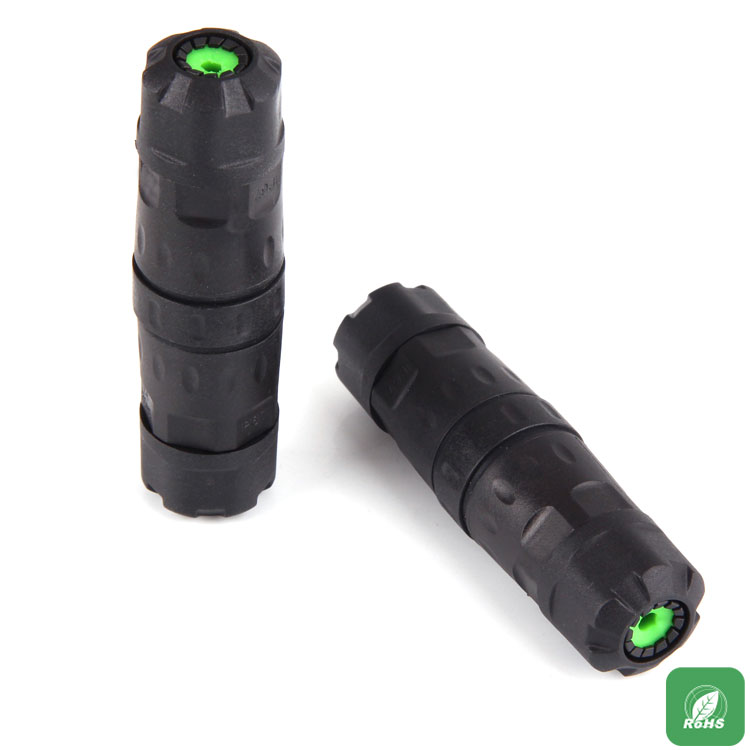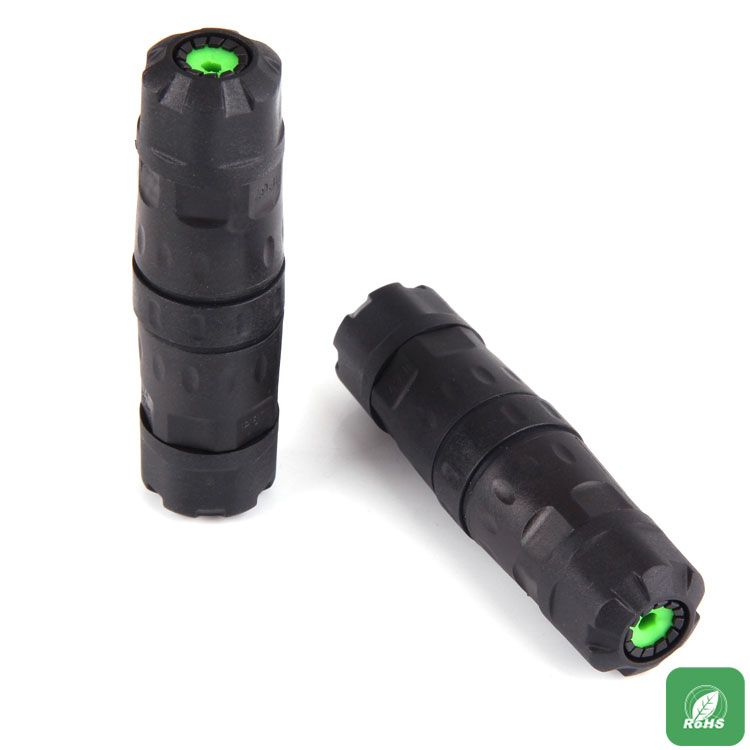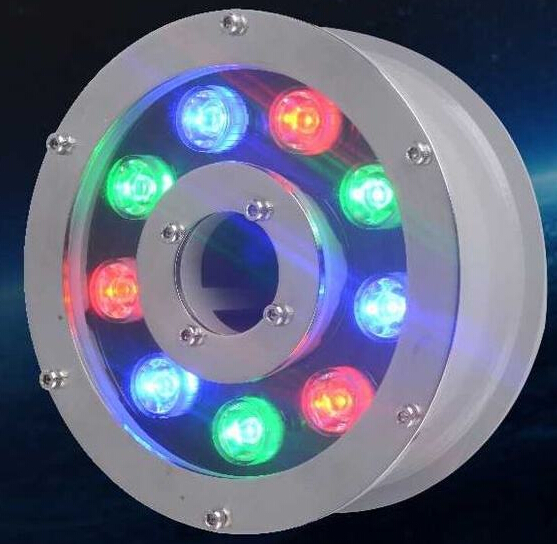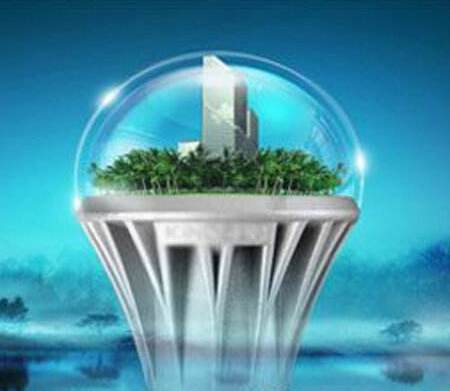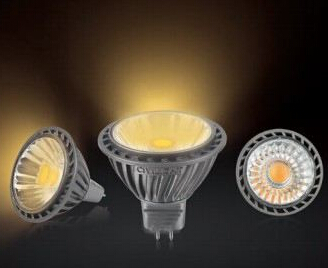At present, the technology and products of intelligent LED lighting are developing in the direction of intelligent lighting and intelligent lighting systems. Intelligent lighting fixtures are composed of LED light source module, sensor module, control and communication module, etc. The main products include dimming/toning lamps, high-quality light source lamps and multi-function lamps. The intelligent lighting system is actually a set of solutions based on the Internet of Things technology to form an LED intelligent lighting network system, including a combination of intelligent lighting, wireless network, intelligent access and cloud platform.
The enhancement of intelligent lighting technology will promote the development of smart city industry, and will also promote the development of animal networking industry and promote the industrial upgrading of LED itself. For example, in the future, the smart light pole will combine sensors, video surveillance, display screens, wireless communication base stations, charging piles and other equipment to build a multi-functional street lamp (rod) system and play a greater role in the construction of smart cities. In addition, the development of smart home systems will also become a new breakthrough point for smart lighting. Intelligent lighting can interact with security systems, entertainment systems (speakers, TVs, etc.), plus AI technology, making the whole system more intelligent, allowing people, lighting, home devices (home appliances) to have seamless interaction, let People's lives are more convenient, richer and safer.
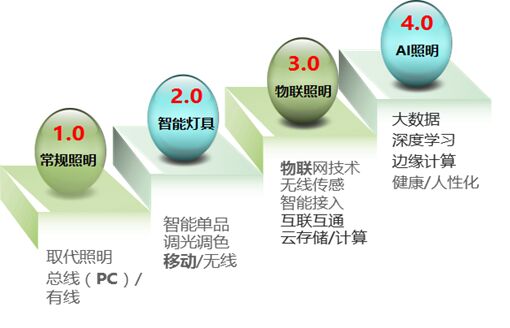
4 stages of development of LED lighting technology
When IoT technology, wireless sensing technology, intelligent access technology and LED lighting are seamlessly connected, LED lighting will enter a new era of IoT lighting.
What is laser lighting?
The future of LED lies in intelligence and materialization, and it has reached a bottleneck in the development of the light source itself. The inventor of the blue LED, Nakamura Shuji, has turned his research focus to the research of semiconductor laser chips and established a laser lighting laboratory in Shenzhen. Nakamura believes that laser lighting will become the new favorite in the field of lighting in the future.
The excitation mechanism of laser illumination and LED illumination is similar. The blue light source (laser can also use ultraviolet light source) is used to excite the phosphor to emit yellow light, and then the blue light and yellow light are mixed to realize white light output. Compared to LED lighting, laser illumination is more efficient, brighter, and more modulating than LEDs.
Since the divergence angle of the laser is small, the laser is used to excite the phosphor, and the spot is smaller than the spot of the LED, and the bunching is easier. In the early projection applications, light sources such as gas lamps and mercury lamps were selected. These lights are very scattered, requiring multiple complex optical systems to be bundled to output projections, which will cause great loss after passing through multiple optical systems. Therefore, the efficiency of this light source is only about 3%. Existing LEDs can convert efficiency to 30-40%, and if lasers are used as the light source, the efficiency can be increased to more than 60%.
In terms of brightness, the maximum operating current of a single LED chip is 350 mA, and it is impossible to increase the current by increasing the current. Only a plurality of LED chips can be put together to achieve a larger lumen output. The brightness of the laser is proportional to the current, which can be increased by increasing the input power. In addition, the laser can be modulated according to the wavelength and brightness, more flexible than the LED chip in application, and the color effect is better.

Limitations of laser lighting
Of course, laser lighting cannot replace LED lighting. Professor Yu believes that lasers are more suitable for spotlight projection lighting, such as: projection lamps, stage lights, searchlights, landscape lights and other special lighting. If the laser is made into a divergent light source, its efficiency advantage cannot be achieved. At the same time, the laser chip and the LED chip belong to the same semiconductor chip, but the development requirement of the laser chip is higher, and the entry threshold is higher, so the overall cost is higher than that of the LED chip. In this context, the industrialization of laser lighting will take time.
At present, the lighting application of laser chips instead of LED chips is mainly in projection. Laser projection is superior to LED projection in terms of brightness and color saturation, but its price is high and it has not become the mainstream of the projection market. In most civil scenes where brightness is not critical, LED projections below 3000 lumens are highly advantageous in terms of price/performance. At 5,000 lumens, the price of LED projections has soared. In contrast, laser projections are more competitive. For the current LED technology, it is impossible to achieve 10,000 lumens of projection output, so in the high-end professional projection market above 10,000 lumens, laser lighting can be described as a ride.
to sum up
Laser illumination has great advantages in terms of brightness, efficiency, color effect, etc. As the technology matures and costs decrease, it will occupy an important position in the lighting market in the future. However, the characteristics of the laser determine that he can not completely replace the LED, LED will continue to dominate in the application of more divergent light sources. With the era of IoT lighting and AI lighting coming, LED and laser technology will find a broader stage.
All in all, the development of laser lighting will complement some of the shortcomings of LED lighting, but it cannot completely replace LED applications.
















 RCCN WeChat QrCode
RCCN WeChat QrCode Mobile WebSite
Mobile WebSite